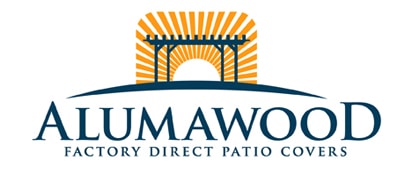What is the price range for a patio cover, and which material is best for a patio awning? To determine the most suitable material for your project, consider wood, vinyl, or aluminum.
Each material has pros and cons based on your budget and aesthetic preferences. However, if low maintenance is a priority, wood may not be the best choice as it requires regular painting and is susceptible to dry rot and termite issues. Wood offers a natural look but tends to be pricier than the alternatives.
Vinyl, derived from petroleum, lacks a natural appearance and can appear less elegant, resembling plastic patio furniture. It can warp when exposed to prolonged heat and direct sunlight and cannot be painted to match your home’s finish. Vinyl patio awnings may or may not be a good option for most backyard designs that require many upgrades for scenic homes and other design configurations.
Aluminum patio awnings offer a more natural appearance with an embossed, painted finish and require less maintenance. The beams are true to size, providing a sturdier build. You can span greater distances between posts to allow viewing of scenery in environments on a hilltop. You can blend two options linking a solid top and an open lattice as one structure. Installation is more accessible and cheaper because most installs can be accomplished in one day without footings. Be cautious when selecting aluminum awning products, as not all are of the same quality. Look for a thickness of no less than .024 gauge; some reputable brands, such as Alumawood by Four Seasons Outdoor Products, verify their product’s authenticity through ink stamps.
As for the patio awning cost, you can typically expect prices starting at $20 per square foot, including material and installation using a quality product. Additional features like lighting, fans, and steel reinforcement for larger spans can increase the overall cost. For instance, a promotional price for a 10′ projection by 20′ long Newport Flat pan non-insulated patio awning, which includes basic installation, can be considered. Promotional Offer

